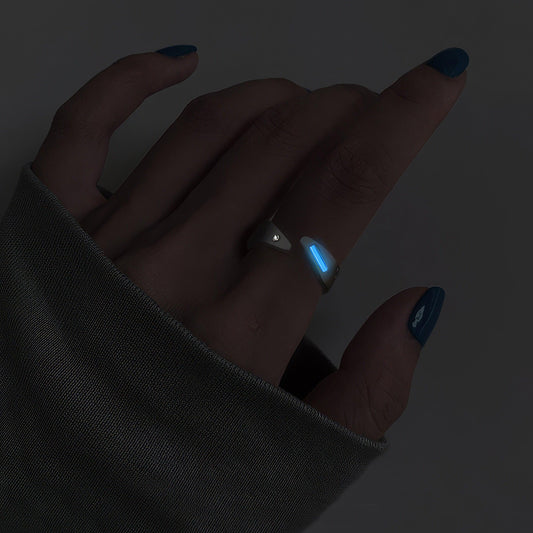The Quirky Dynamics of the Index and Ring Finger
The Quirky Dynamics of the Index and Ring Finger
The human hand is a marvel of design and dexterity, often taken for granted as we go about our daily routines. Yet, there are curious aspects of our hands that can reveal interesting insights, starting with the fascinating duo: the index and ring fingers. Let's explore their unique dynamics, cultural significance, and a little story that blends personal experience with scientific intrigue.
My interest in finger dynamics started during a family game night. My cousin, an amateur magician, performed a trick where he asked us to hold our fingers in a specific position. He suggested bending our middle finger and trying to lift the others. Surprisingly, lifting the index finger seemed straightforward, but my ring finger felt paralyzed. It was a curious sensation that sparked a dinner-table discussion, leading us to dive into the anatomy of our hands.
The index finger, known for its versatility, is often the first contact point for many tasks. From pointing directions to typing on a keyboard, it's the hand's ambassador. I read somewhere that in some cultures, using the index finger for pointing is considered rude, so people often gesture with their whole hand instead. It's a small detail reflecting how our body language varies across the globe.
On the other hand, the ring finger, intriguing in its own right, has a long-standing cultural significance. In Western society, it's traditionally adorned with wedding bands—a symbol of love and commitment. Historically, the ancient Egyptians believed a vein ran directly from the ring finger to the heart, a myth that endears the ring finger to romance. This myth was so compelling during my college days that when my friend got engaged, she humorously demanded we check her anatomy textbook to see if the mystical "vena amoris" actually existed. Spoiler—it doesn’t quite work that way, yet the symbolism remains charming.
Interestingly, the finger length ratio between the index and ring fingers is an area of scientific curiosity. Known as the digit ratio, it has been studied in various fields, from anthropology to psychology. Some researchers suggest that these ratios can hint at hormonal exposure in the womb, potentially influencing personality traits or predispositions. For instance, longer ring fingers relative to index fingers have been linked to traits like confidence and athletic ability, though such theories are continuously debated in academic circles.
While some might chalk up these discussions to cocktail party trivia, I find there's something delightful in knowing the quirks of our anatomy. The index and ring fingers, seemingly ordinary, connect us to cultural traditions, scientific mysteries, and even the nostalgia of family game nights. So next time you find yourself glancing at your hands, perhaps while fidgeting in a meeting, give a nod to the unassuming duo of the index and ring finger. They might just have more stories to tell than you think.



























